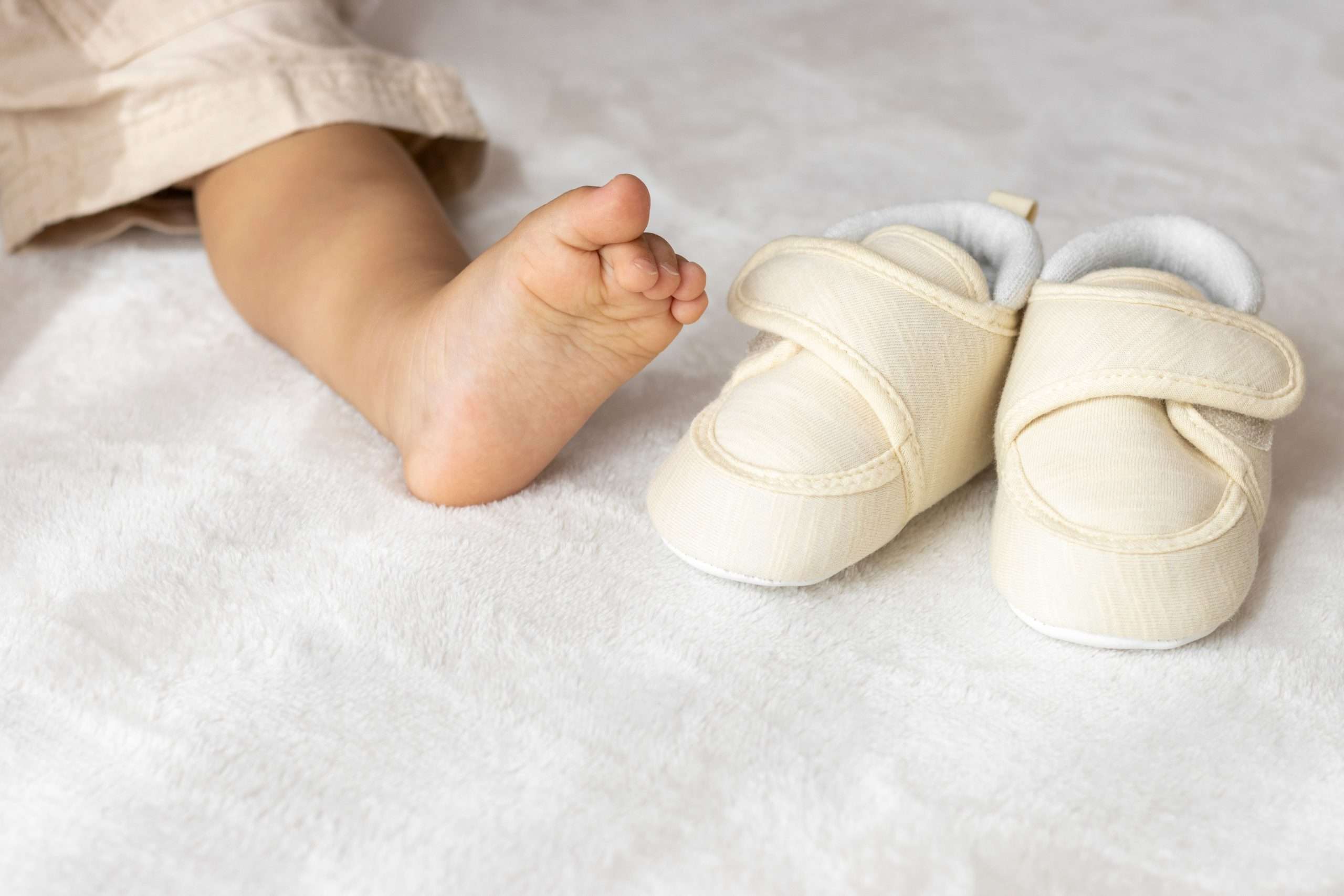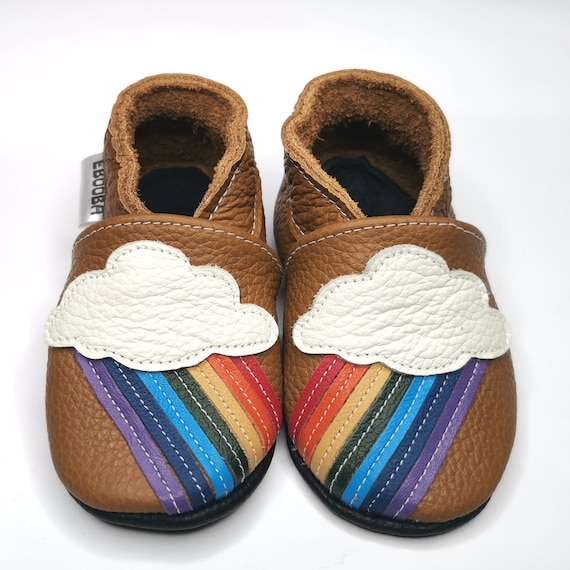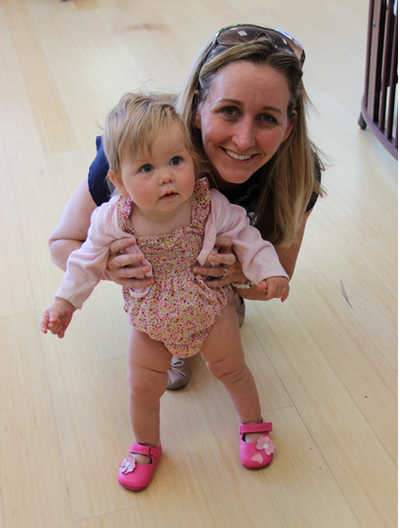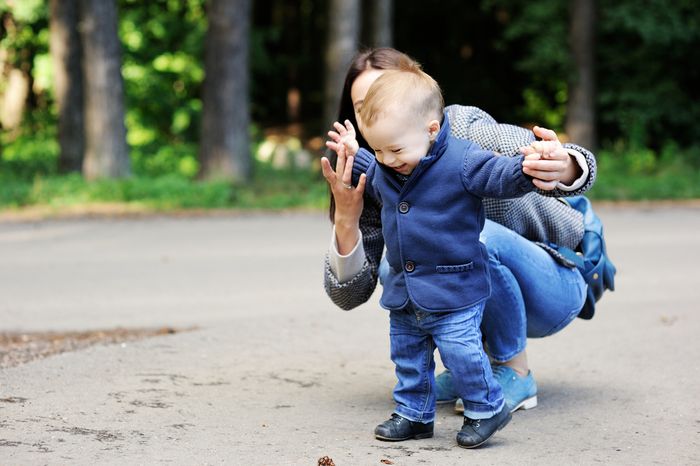As parents, we often celebrate the milestones our little ones achieve, and one of the most exciting of these is when they start to walk. Babies learning to walk is a significant moment, filled with shuffles, wobbles, and lots of joy. To support this critical stage in your child’s development, choosing the right footwear is essential. In this comprehensive guide, we will explore shoes for babies learning to walk, highlighting the best options, tips for selection, and what to consider during the process.
Why the Right Shoes Matter
When babies take their first steps, their growing feet require shoes that provide support, flexibility, and protection. The right footwear is not just about aesthetics; it’s about ensuring your child has the best foundation for their walking journey. In this section, we’ll discuss the key reasons why selecting the right shoes is crucial.
Foot Development and Support
During the first few years of life, a child’s feet are still developing. Their bones, muscles, and tendons are forming, which is why footwear plays a vital role in ensuring that their feet develop correctly. A well-fitted shoe can help with balance and support the natural arch of the foot.
- Adequate support: Shoes should offer support around the ankle, preventing excessive rolling or strain.
- Flexibility: It’s important to choose shoes that allow for natural movement.
- Breathability: Shoes should be made from materials that keep little feet cool and dry.
Protection from Injuries
As toddlers begin to explore their environment, they are more prone to trips and falls. Shoes can help protect their delicate feet from scrapes, bruises, and other injuries.
- Traction: A good sole can prevent slipping on various surfaces.
- Durable materials: Quality footwear can withstand the trials of active exploration.
Choosing the Best Shoes for Babies Learning to Walk
Now that we understand the importance of suitable shoes, let’s dive into how to choose the best options for your little walker.
Key Features to Look For
Size Matters
Finding the right size is the most crucial aspect of buying shoes for your toddler. An ill-fitting shoe can cause blisters or discomfort.
- Measure regularly: Toddlers’ feet grow quickly; measure them every 2-3 months.
- Try before you buy: Always try shoes on your child, checking for a snug but comfortable fit.

Material Quality
The materials used in footwear can greatly impact comfort and longevity.
- Leather: Durable and breathable, leather shoes often mold to the foot shape.
- Synthetic materials: Lightweight and often more affordable, synthetic options can be very comfortable as well.
Flexibility and Sole Design
Shoes should be flexible enough to allow for natural movement.
- Bend and twist: Shoes should bend at the ball of the foot, mimicking barefoot walking.
- Sole traction: Look for non-slip soles that provide good grip.

Recommended Shoe Types
Not all shoes are made equal. Here’s a breakdown of the types of footwear that are best suited for babies learning to walk.
Soft-Soled Shoes
Soft-soled shoes are often recommended for early walkers as they provide a great sense of the ground beneath them.
- Pros: Enhanced tactile feedback, lightweight.
- Cons: Less protection from rough surfaces.

First Walker Shoes
These are designed for toddlers who are transitioning from crawling to walking.
- Pros: Offer good support, designed for stability.
- Cons: Can be more expensive than basic shoes.
Sneakers
Lightweight sneakers are another excellent option, providing comfort and support.
- Pros: Breathable, often machine washable.
- Cons: May be heavy for some toddlers.

Top Shoe Brands for New Walkers
Several brands are known for their dedication to quality footwear for infants. Here are a few that consistently receive positive feedback from parents:
Robeez
Robeez shoes are specifically designed for growing feet. Their soft-soled options allow for a natural range of motion.
Material: Leather upper and suede sole.
Price Range: $25 – $60.

Stride Rite
Stride Rite offers a wide array of shoes tailored for various stages of walking.
Material: Combination of leather and synthetic.
Price Range: $30 – $80.
See Kai Run
See Kai Run shoes are popular for their stylish designs and functional support.
Material: High-quality leather and rubber.
Price Range: $40 – $70.

Real-World Experiences with Baby Walking Shoes
Case Study: The Johnson Family
The Johnsons chose Robeez for their daughter Lily, who was an early walker. They appreciated the soft sole and the flexibility it offered.
Experience: “Lily took to walking much quicker with these shoes. They fit well, and she seemed more confident.”
Outcome: Lily walked independently within weeks of starting to wear Robeez.
Case Study: The Smith Family
The Smith family opted for Stride Rite shoes for their son, Max, who was a more cautious walker.
Experience: “Max needed more ankle support, and Stride Rite provided exactly that. We feel he’s safer while exploring.”
Outcome: Max walked confidently, and the family noted a significant decrease in falls after making the switch.

Tips for Parents: When and How to Buy Baby Shoes
When to Buy Your Baby’s First Shoes
You might be wondering when it’s time to start shopping for shoes. Here’s what you need to know:
- First Steps: Shoes should be introduced when your child starts walking outside.
- Indoors: It’s best to let babies walk barefoot indoors to strengthen their feet.
Where to Shop for Baby Shoes
Shopping for baby shoes can be fun! Here are some suggestions:
- Local boutiques: Often stock high-quality, unique options.
- Large retailers: Stores like Target and Walmart offer a good range of budget options.
- Online: Brands like Amazon and Zappos provide extensive collections; just ensure you check return policies.
Comparison Table of Popular Brands
| Brand | Material | Price Range | Flexibility | Age Range |
|---|---|---|---|---|
| Robeez | Leather | $25 – $60 | Very High | 0 – 24 Months |
| Stride Rite | Leather/Synthetic | $30 – $80 | High | 6 – 36 Months |
| See Kai Run | Leather/Rubber | $40 – $70 | High | 0 – 48 Months |
Pros and Cons of Baby Learning Shoes
Pros of Baby Learning Shoes
- Support development: Helps develop walking skills.
- Protects feet: Guards against injuries outdoors.
- Stylish options: Many brands offer adorable designs.
Cons of Baby Learning Shoes
- Cost: Quality shoes can be pricey.
- Too stiff: Some shoes can restrict movement if not chosen wisely.
FAQs About Shoes for Babies Learning to Walk
1. What age should my baby start wearing shoes?
Most babies start walking between 9 to 15 months. It’s advisable to use shoes outdoors once they are confident walkers.
2. Are soft-soled shoes better for new walkers?
Yes, soft-soled shoes allow for better tactile feedback, aiding in balance and coordination.
3. How often should I replace my baby’s shoes?
You should measure your baby’s feet every 2-3 months and replace shoes as needed, especially if they have outgrown them.
4. What if my child refuses to wear shoes?
It’s common for young children to resist wearing shoes. Try letting them choose their shoes or gradually introducing them in short periods.
5. Should babies wear socks with shoes?
Socks can help with fit and prevent blisters, particularly in cooler weather or when shoes are slightly loose.
6. Can I buy shoes online for my baby?
Absolutely! Just ensure you have accurate measurements and check return policies to allow for exchanges.
7. Do I need to break in my baby’s new shoes?
Most children’s shoes do not require breaking in. If they feel uncomfortable, re-evaluate the fit and style.
8. Is it okay for babies to walk barefoot?
Walking barefoot is beneficial for babies as it helps develop foot muscles. It’s recommended indoors or in safe environments.
9. How can I tell if shoes fit properly?
A properly fitted shoe should have about a thumb’s width of space between the toe and the front of the shoe. The heel should fit snugly without slipping.
10. What features should I avoid in baby shoes?
Avoid shoes with rigid soles or high heels. They can inhibit growth and proper walking development.
11. Are expensive baby shoes worth it?
While high-quality shoes can be beneficial, evaluate the materials and design. Sometimes, cost-effective options provide excellent support and comfort.
Conclusion
Choosing the right shoes for your baby learning to walk is a vital decision that influences their comfort, safety, and foot development. With so many brands and styles available, knowing what features to look for, along with the best practices for measuring and fitting, can make the process easier and more enjoyable. Remember to celebrate each step your little one takes, whether it’s in soft-soled shoes, first walkers, or stylish sneakers. With the right footwear, your child will be ready to explore their world confidently.
For more information on child foot health and development, refer to the American Academy of Pediatrics and their resources on child footwear.